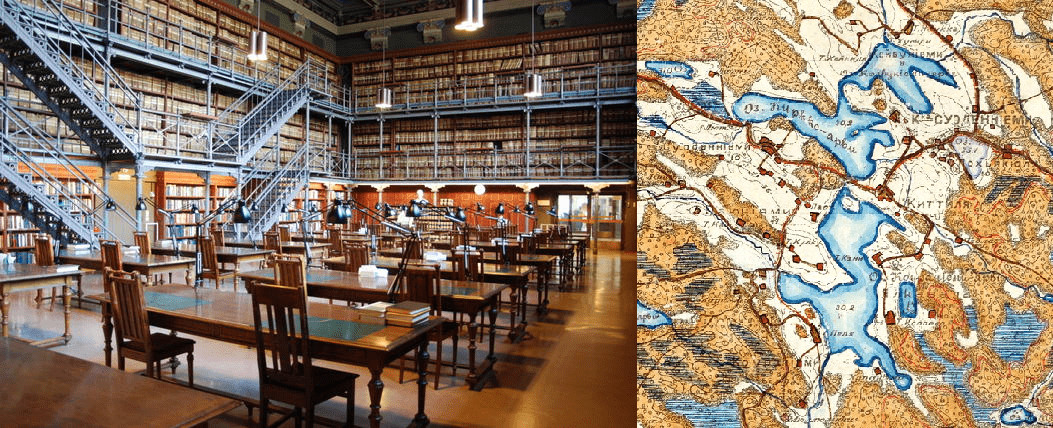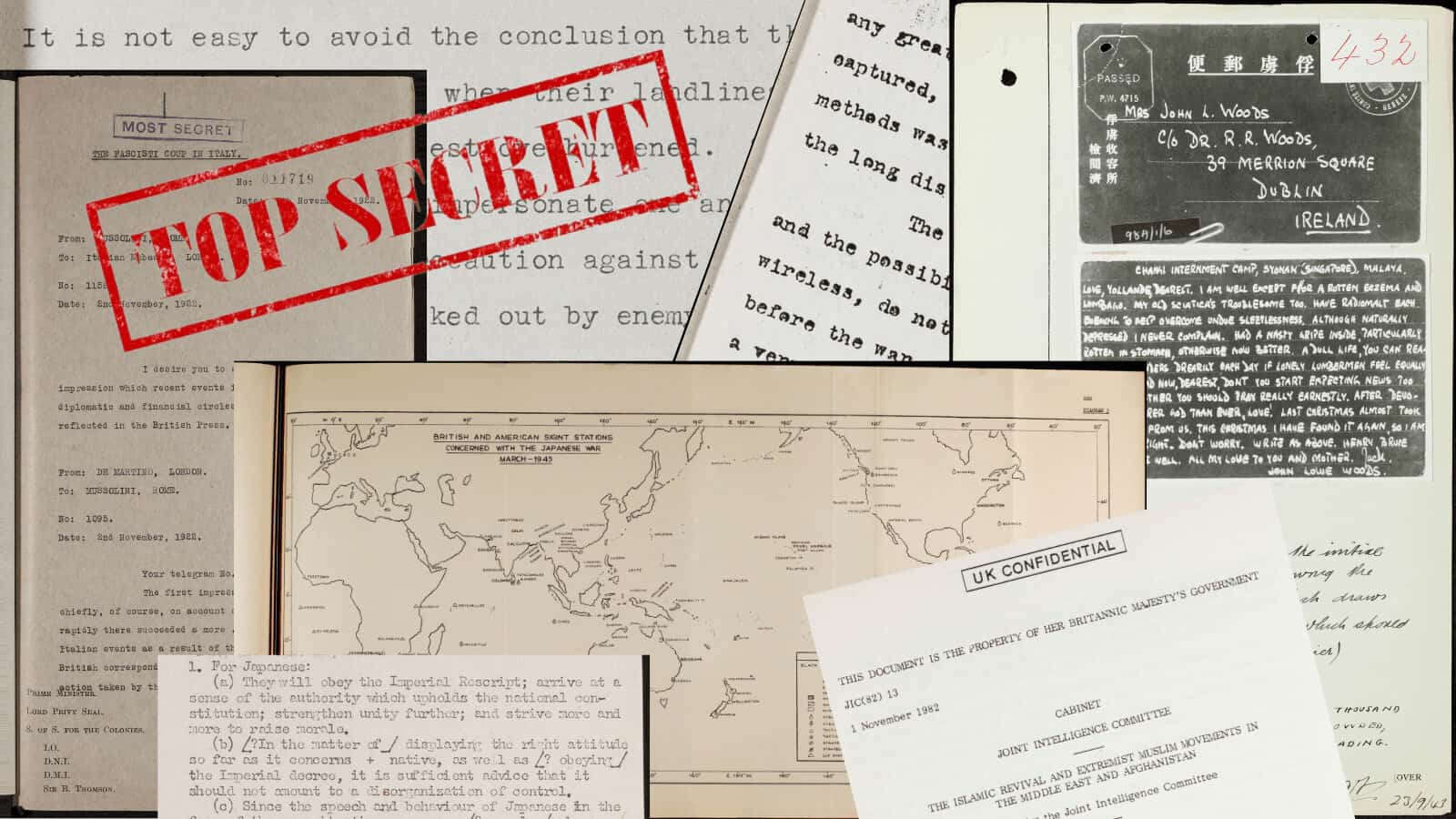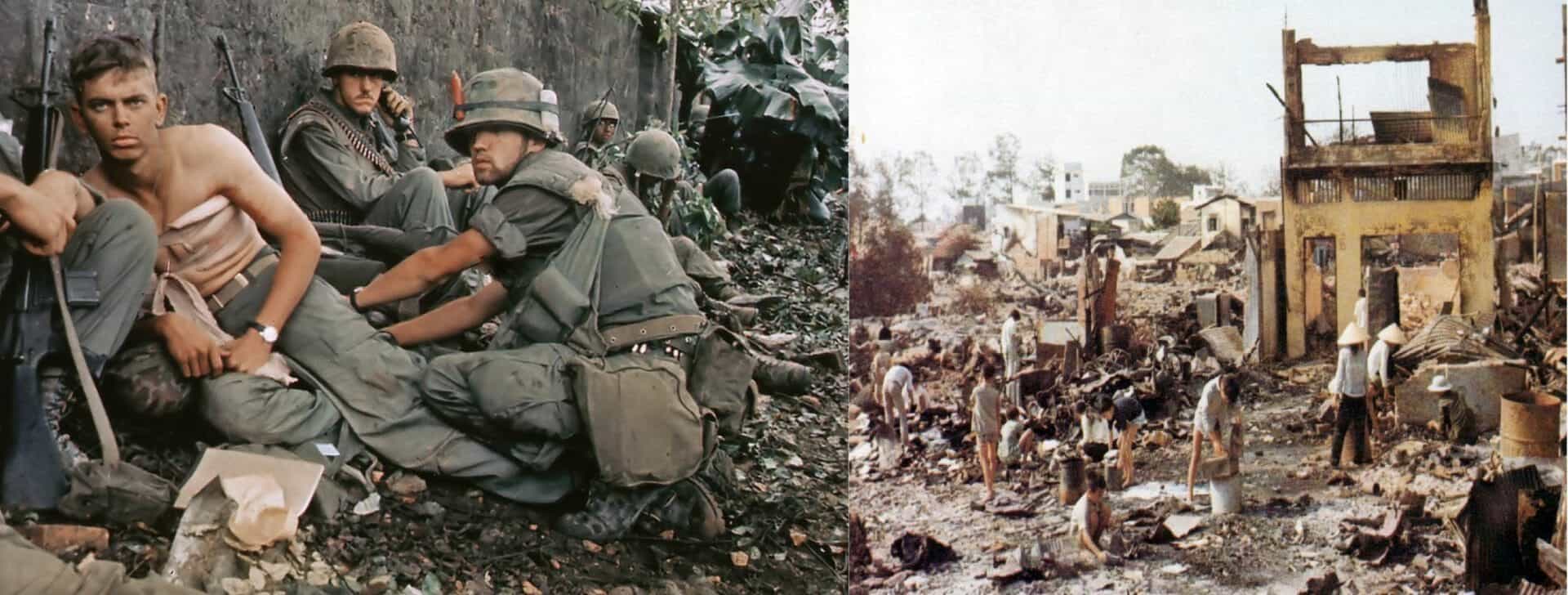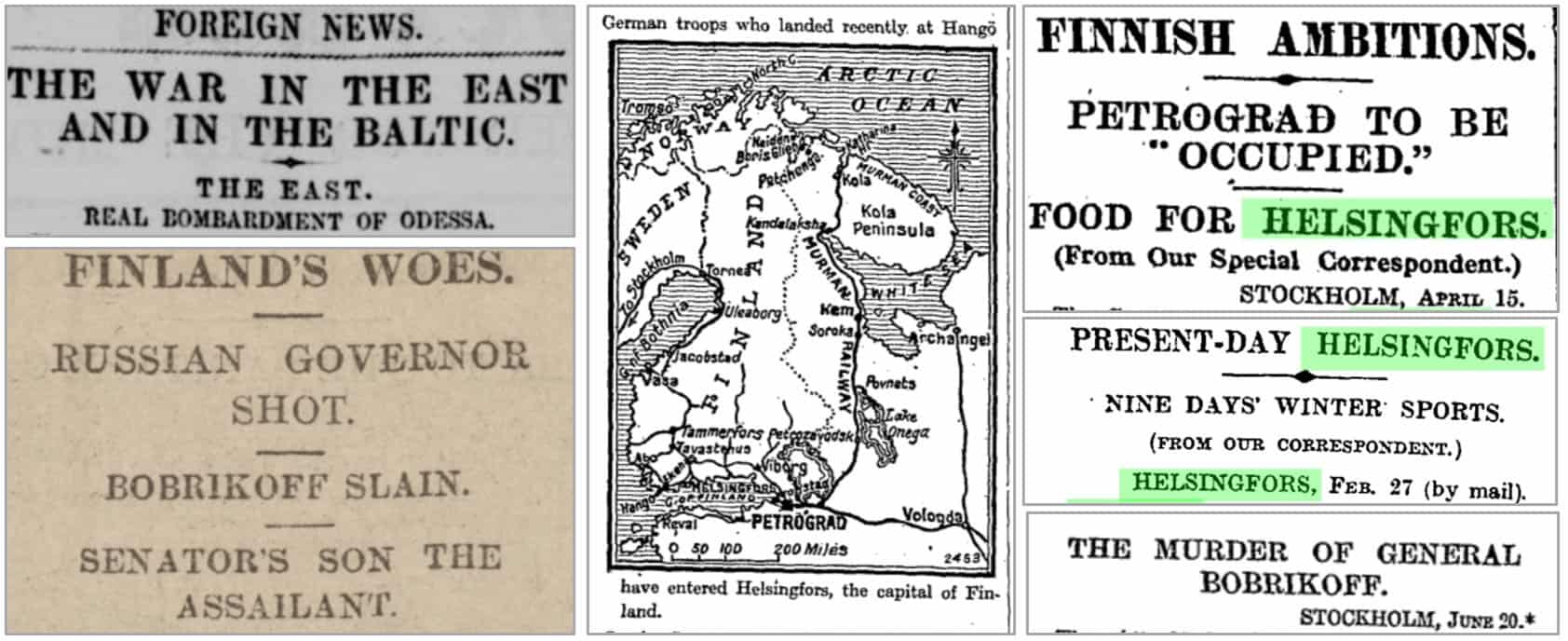│By Charlotte Steffen, Gale Ambassador at the University of Portsmouth│
One of the greatest revolutions in journalism was the introduction of the newswire which allowed the sending of information around the world at a much faster pace than ever before. As a History PhD student, and a frequent user of Gale Primary Sources, I have come to heavily rely on newspapers for information in my research but also use them to get an insight into public opinions or changes in opinion. Using Gale’s Associated Press Collections, I investigated how these historic documents give an insight into the civil population’s daily life during the post-war period and its importance for the present-day historic discourse.



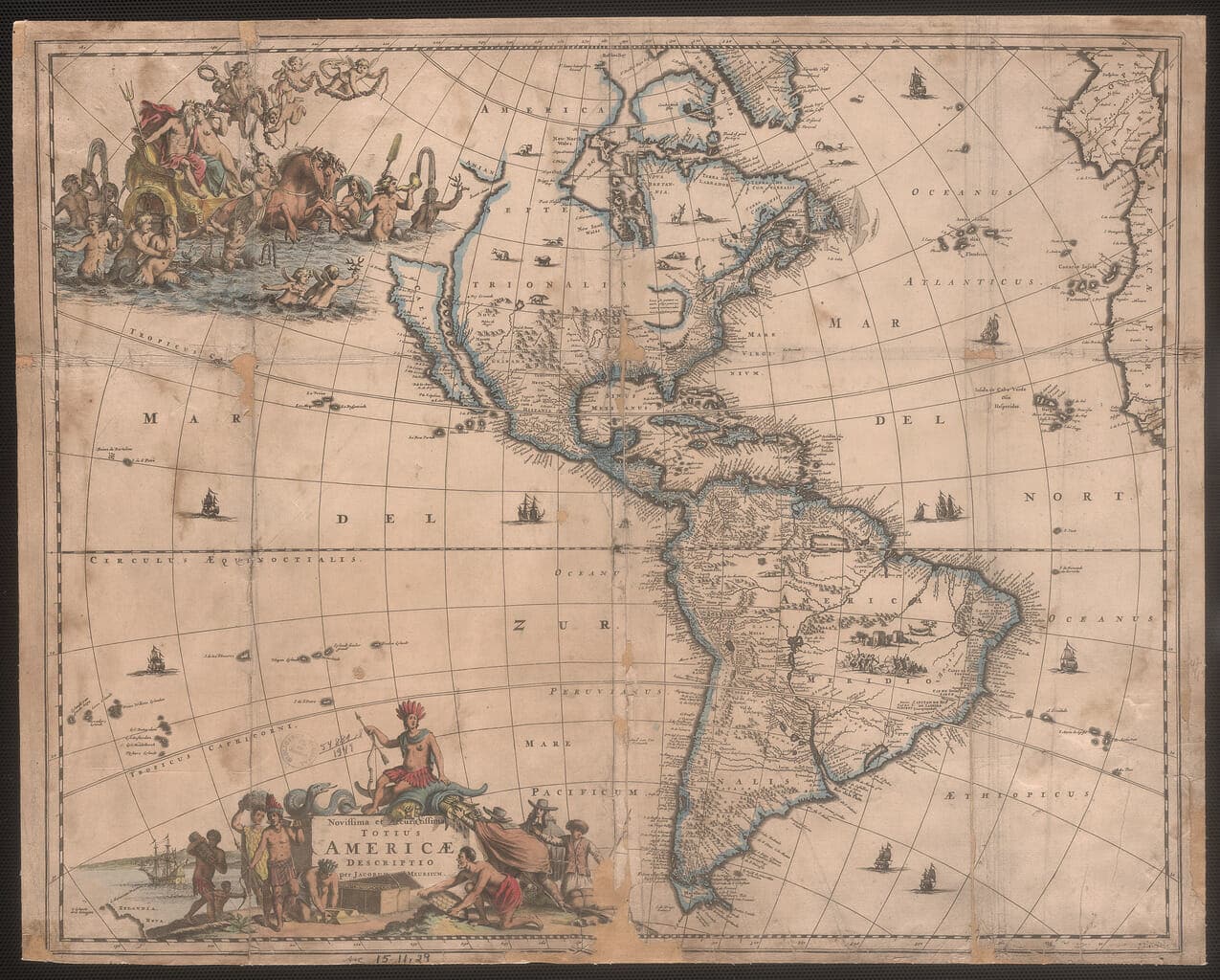

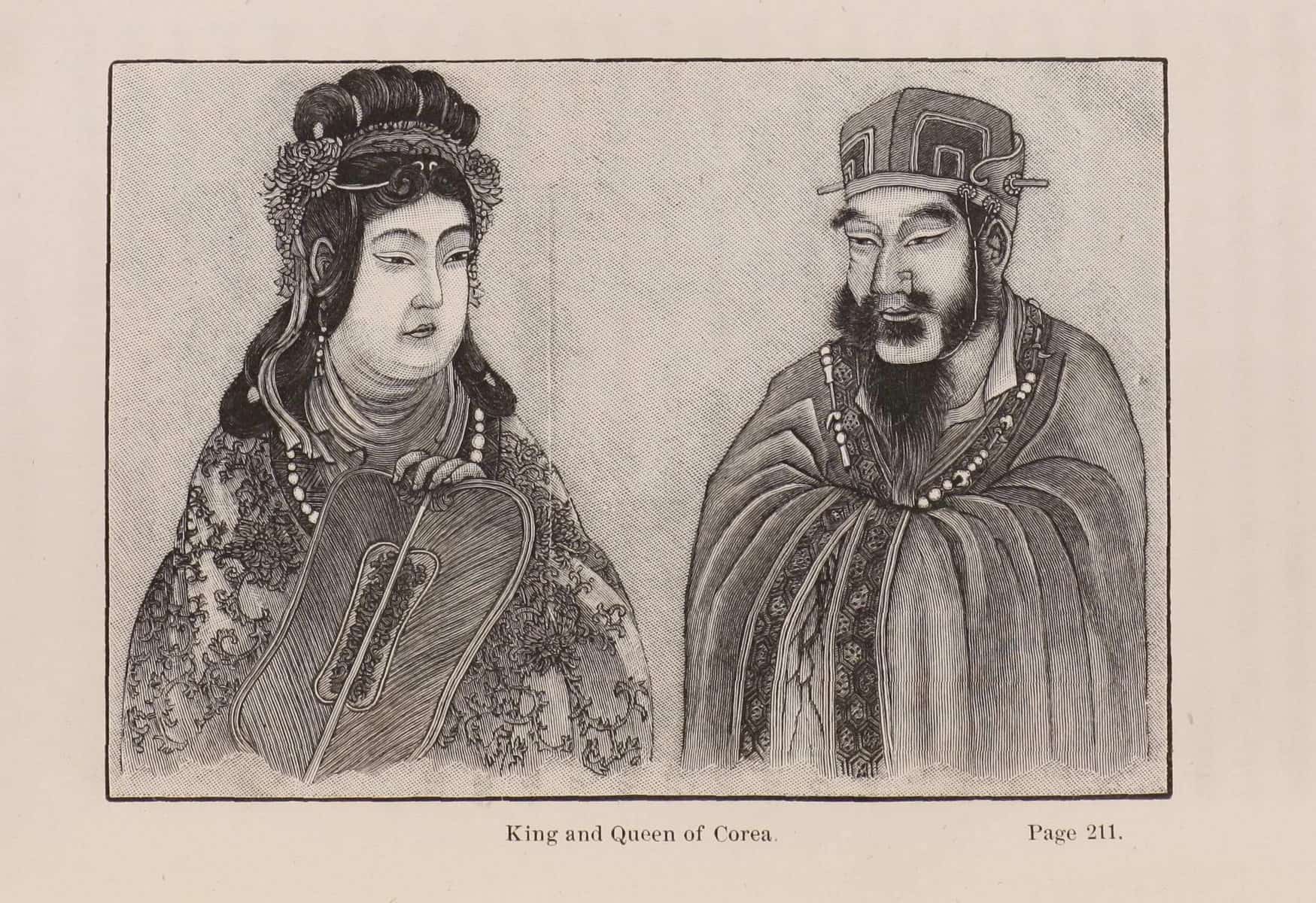
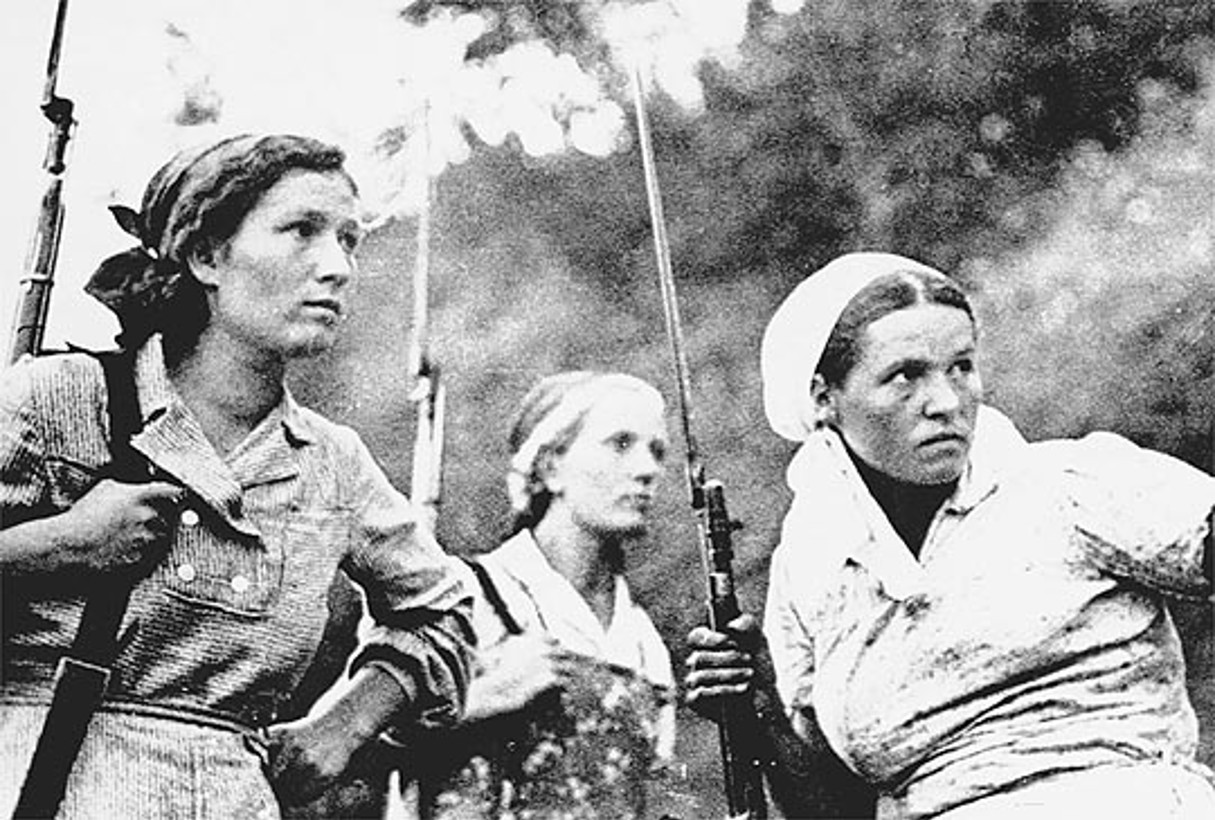
 In Spring 2022, Gale ran a competition with Nazarbayev Intellectual Schools, Kazakhstan, which gave students at schools within the group the chance to research and write about a topic of interest – with the two top entries published on The Gale Review! Below is the runner up entry, a superb piece by Year 11 student Symbat Omasheva.
In Spring 2022, Gale ran a competition with Nazarbayev Intellectual Schools, Kazakhstan, which gave students at schools within the group the chance to research and write about a topic of interest – with the two top entries published on The Gale Review! Below is the runner up entry, a superb piece by Year 11 student Symbat Omasheva.
 The schools within the Nazarbayev Intellectual Schools group have access to the
The schools within the Nazarbayev Intellectual Schools group have access to the 